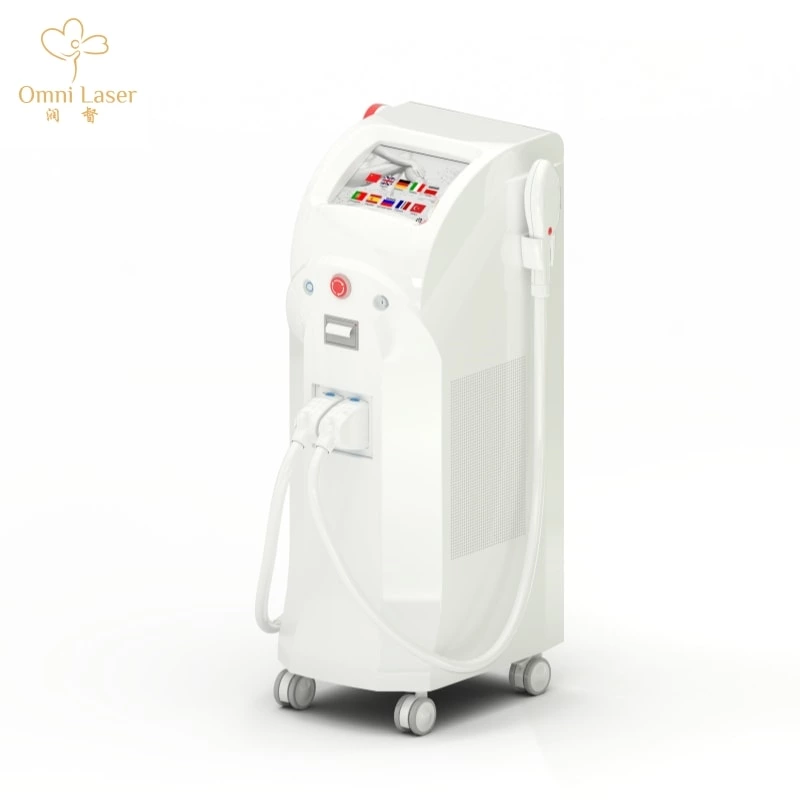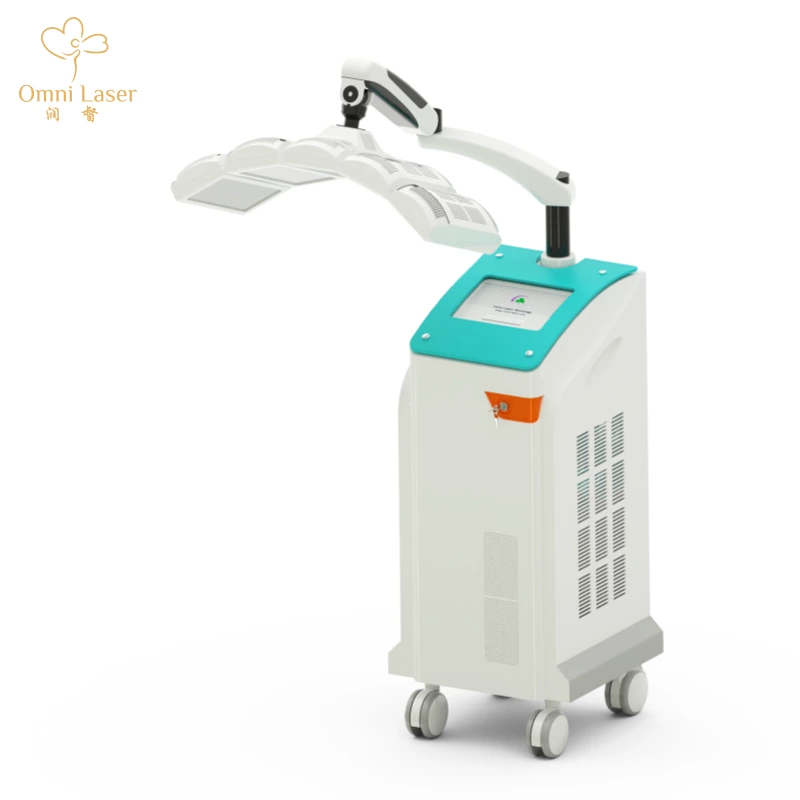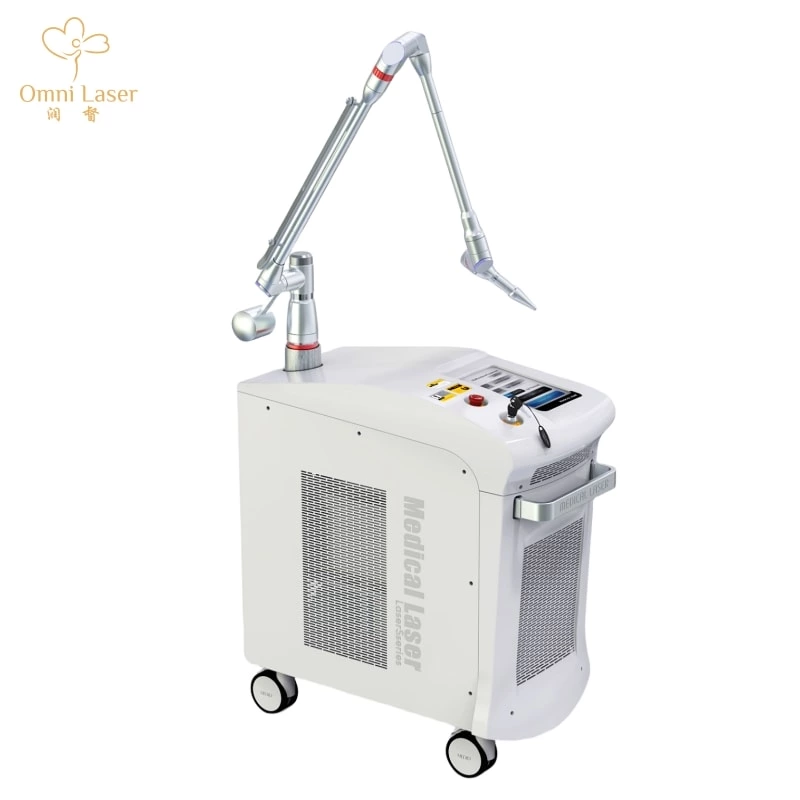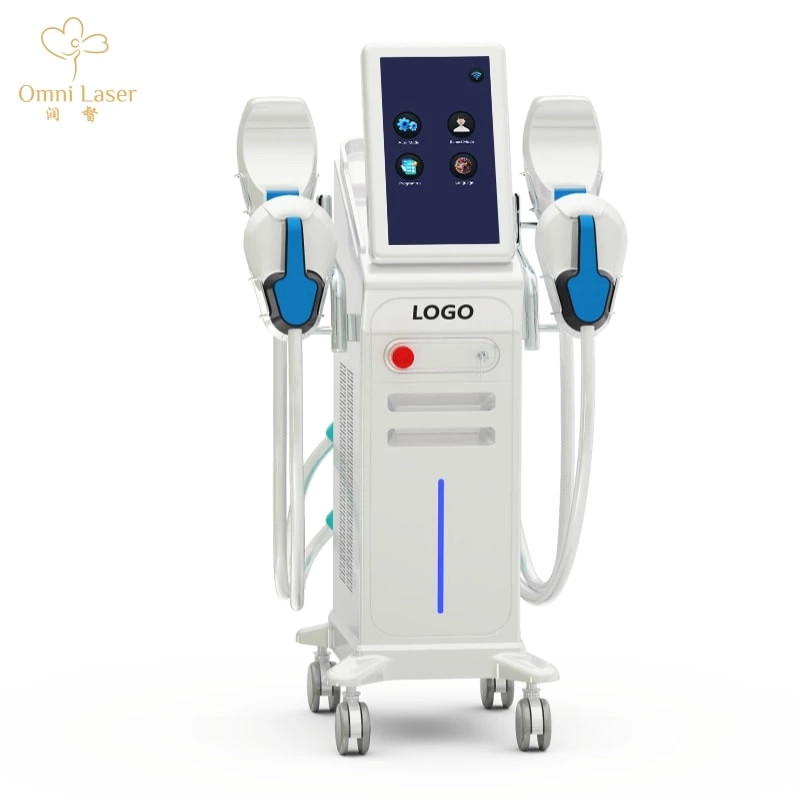Recommendations for Choosing Injectable and Optical Aesthetic Devices
Recommendations for Choosing Injectable and Optical Aesthetic Devices
The global demand for medical aesthetics continues to grow, with patients increasingly seeking safe, effective, and minimally invasive procedures. Among the most popular treatment categories are injectable aesthetics and optical-based technologies. While both approaches deliver impressive results, choosing the right equipment, technology, and aftercare strategy is crucial for clinics aiming to provide high-quality services and long-term client satisfaction.
1. Injectable Aesthetics: Precision and Safety First
Injectable procedures, such as hyaluronic acid fillers, botulinum toxin, and collagen stimulators, are highly effective for facial contouring, wrinkle reduction, and anti-aging solutions. When considering injectable devices and materials, clinics should prioritize:
-
Regulatory Certification: Ensure all injectables and devices carry internationally recognized certifications (CE, FDA, NMPA). This not only guarantees safety but also builds patient trust.
-
Accuracy of Delivery: Advanced injector systems that support micro-dosing and stable flow control help practitioners reduce human error and enhance treatment precision.
-
Safety Mechanisms: Smooth injection and pressure control reduce the risk of bruising, vascular complications, or uneven product distribution.
Aftercare for Injectable Treatments
Post-treatment care is essential for maximizing results and minimizing side effects:
-
Apply cold compresses to reduce swelling or redness.
-
Avoid massaging the treated area unless instructed by the practitioner.
-
Patients should avoid alcohol, strenuous exercise, and high-temperature environments (saunas, hot baths) for 24–48 hours.
-
Follow-up visits help monitor results and address any adjustments if necessary.
2. Optical Aesthetics: Technology Empowering Beauty
Optical-based devices—including lasers, IPL, OPT, DPL, and diode platforms—offer non-invasive solutions for hair removal, skin rejuvenation, pigmentation correction, acne therapy, and vascular treatments. Clinics should evaluate devices based on the following:
-
Stable Energy Output: Consistent energy delivery prevents hot spots, burns, and uneven results.
-
Multi-Functionality: Devices that combine multiple treatments, such as hair removal and photo-rejuvenation, allow clinics to expand their service menu without purchasing separate systems.
-
Cooling Systems: Strong cooling mechanisms (air cooling, contact cooling, or water circulation) improve patient comfort and reduce downtime.
-
Service & Maintenance: Consider the availability of after-sales support, warranty, and the cost of consumables when planning long-term operations.
Aftercare for Optical Treatments
Proper aftercare ensures treatment safety and enhances outcomes:
-
Patients should apply soothing creams or aloe vera gel to calm the skin.
-
Sun protection is critical—SPF 30+ sunscreen should be applied daily to avoid post-inflammatory pigmentation.
-
Avoid harsh skincare products (retinoids, exfoliants, acids) for several days post-treatment.
-
A treatment plan involving multiple sessions should be clearly explained, as optical procedures often require cumulative results.
3. Recommendations for Clinics
-
For New Clinics: Optical aesthetic devices are a cost-effective starting point, offering versatility and a wide range of popular treatments with lower learning curves.
-
For Established Clinics: Incorporating injectable treatments alongside optical devices creates a synergistic “Energy + Injectable” model, delivering comprehensive anti-aging and beauty solutions.
-
Patient Education: Providing clear treatment instructions and aftercare guidance enhances patient compliance, boosts satisfaction, and reduces the risk of complications.
Conclusion
Choosing the right injectable and optical aesthetic devices is not only about technology but also about ensuring safety, efficiency, and client trust. By investing in certified devices, focusing on multi-functionality, and emphasizing post-treatment care, clinics can position themselves for sustainable growth in the highly competitive aesthetics market.





